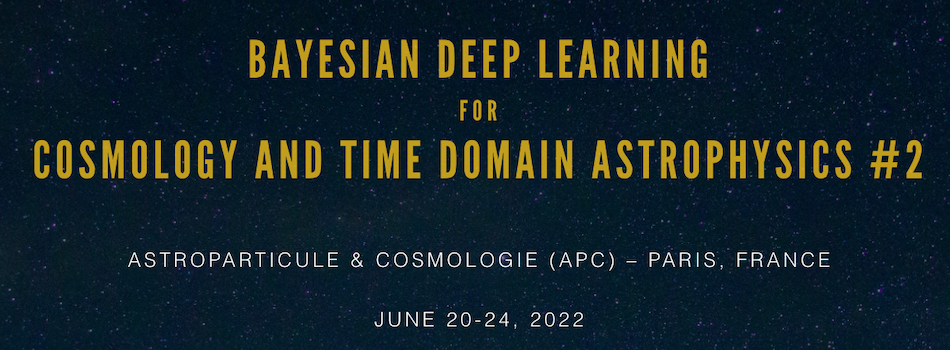Orateur
Description
The classic classification scheme for Active Galactic Nuclei (AGNs) was recently challenged by the discovery of the so-called changing-state (changing-look) AGNs (CSAGNs). The physical mechanism behind this phenomenon is still a matter of open debate and the samples are too small and of serendipitous nature to provide robust answers. In order to tackle this problem, we need to design methods that are able to detect AGN right in the act of changing–state.
In this talk I will present an anomaly detection (AD) technique designed to identify AGN light curves with anomalous behaviors in massive datasets, in preparation for the upcoming Vera Rubin Observatory. The main aim of this technique is to identify CSAGN at different stages of the transition, but it can also be used for more general purposes, such as cleaning massive datasets for AGN variability analyses. To test this algorithm, we used light curves from the Zwicky Transient Facility data release 5 (ZTF DR5), containing a sample of 230,458 AGNs of different classes. The ZTF DR5 light curves were modeled with a Variational Recurrent Autoencoder (VRAE) architecture, that allowed us to obtain a set of attributes from the VRAE latent space that describes the general behaviour of our sample. These attributes were then used as features for an Isolation Forest (IF) algorithm. We used the VRAE reconstruction errors and the IF anomaly score to select a sample of 8810 anomalies. These anomalies are dominated by bogus candidates, but we were able to identify promising CSAGN candidates.

